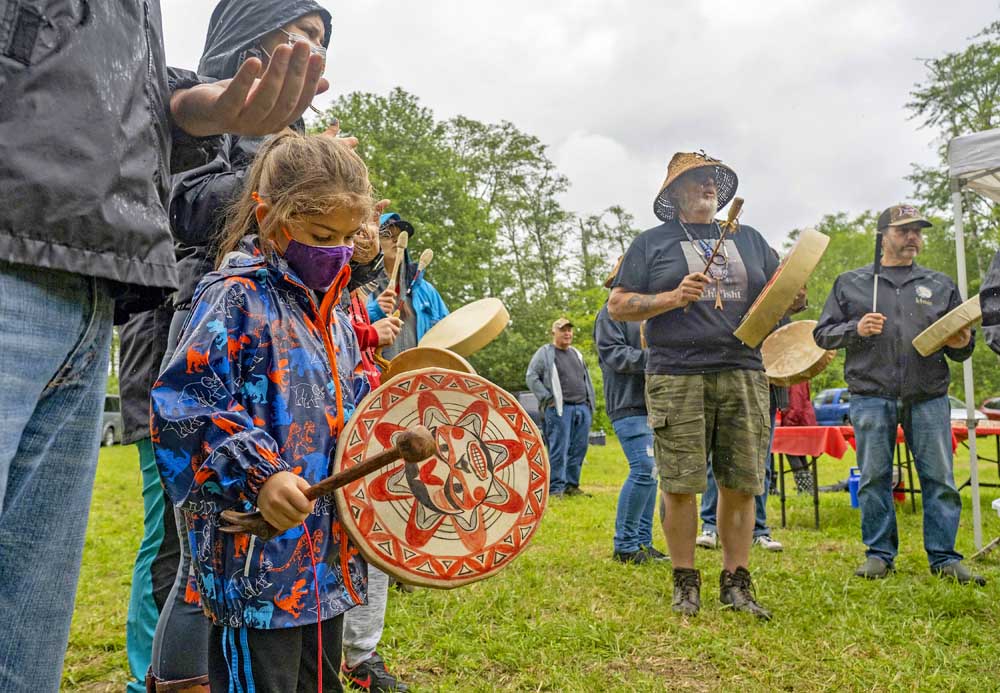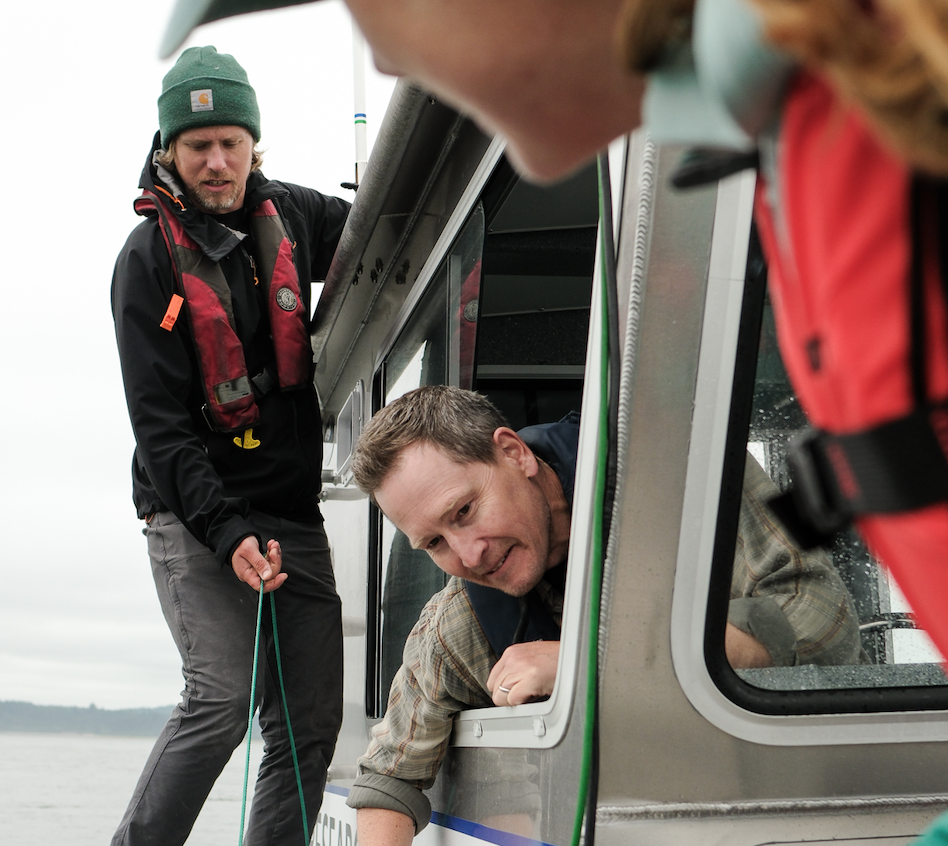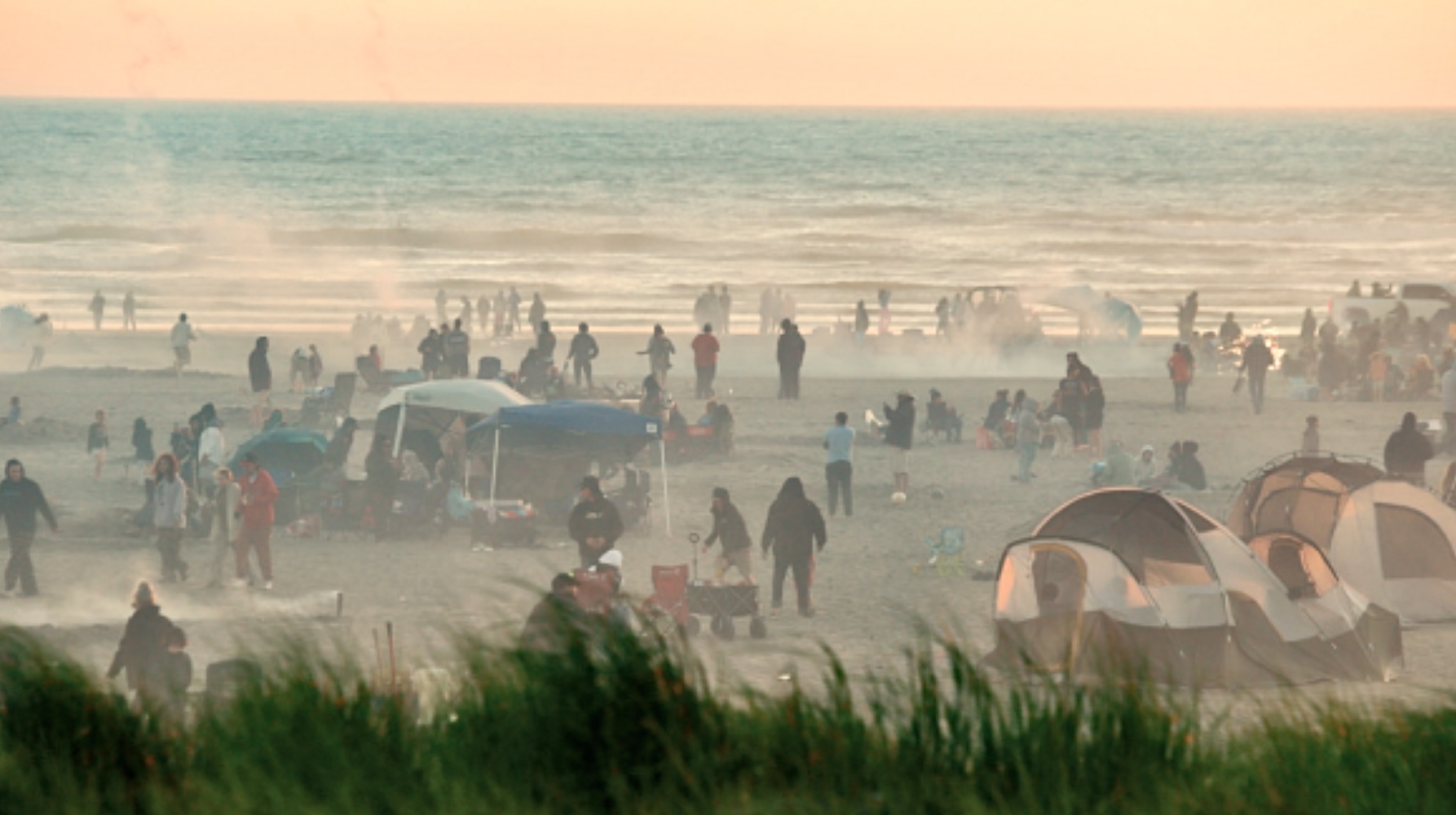Editorial: Property plans highlight local esteem for tribes
Published 12:40 pm Sunday, January 21, 2024

- Isik White Eyes, then 6, joined in with the drumming during the 2022 First Salmon Ceremony held at the Chinook Tribe’s traditional gathering place at Tansy Point in Clatsop County.
Aside from being small communities in neighboring counties, it might be challenging to see similarities between Naselle and Cannon Beach. And yet they share the goal of involving local Indian tribes in repurposing surplus properties.
In Cannon Beach, the city has approved a $12 million design plan for redevelopment of the former elementary school to be centered on tribal heritage. In Naselle, state legislators and many citizens in surrounding communities are supportive of the Chinook Indian Nation playing a leading role in formulating new uses for the former youth reform school.
In neither case do tribal-related plans meet with universal acclaim. The expense involved, possible competing visions, lack of official tribal status and other issues cloud the future. This isn’t necessarily a “kumbaya” moment of long-delayed justice for people with Chinook and Clatsop-Nahalem ancestry.
Particularly in the case of Naselle Youth Camp much remains unsettled, with the Washington Legislature needing to agree under what terms to give up an extensive and costly campus. Even though the state decided it didn’t want to operate an isolated facility it no longer needed, lawmakers could find it difficult to hand it over to any local entity — even one so deserving as the Chinook Tribe.
Nevertheless, it has both symbolic and pragmatic significance that a diverse array of citizens understands that we have tribal neighbors and that they deserve consideration.
We recognize our tribal neighbors even
if the U.S. government still does not.
This is more than the Bureau of Indian Affairs has done, or that Congress has thus far committed to. Neither the Chinook nor the Clatsop-Nehalem has achieved the goal of formal federal recognition of their existence. The Chinook, who include many Clatsop descendants on their membership rolls, were granted tribal status at the end of the Clinton administration, only to have that designation cruelly yanked back by the Bush administration’s BIA. The Clatsop-Nehalem lost a key ally with the death of former congresswoman Elizabeth Furse in 2021.
Their struggle continues, undaunted.
Tribal tenacity and courage are inspirational and have gained wide recognition in the communities around the mouth of the Columbia River. This is historically resonant. In the 1850s it was the aim of white treaty negotiators to usher Native people far away from the entry of the river, which was seen as having great financial and strategic value. The treaty talks ultimately came to nothing. The people who owned all these lands — for perhaps a hundred centuries — never gave them up. In legalese, they are unceded. Legal title has never passed to new “owners.”
Federal refusal to recognize the ongoing existence of Columbia estuary tribes is bound up in the intimidating complexities of “Indian law.” However, the ongoing drive in Pacific and Clatsop counties to redeliver some physical toehold for tribes in their ancient homeland cuts through the bureaucracy’s self-serving gobbledygook. We recognize our tribal neighbors even if the U.S. government still does not.
This is an important acknowledgement of objective reality.









